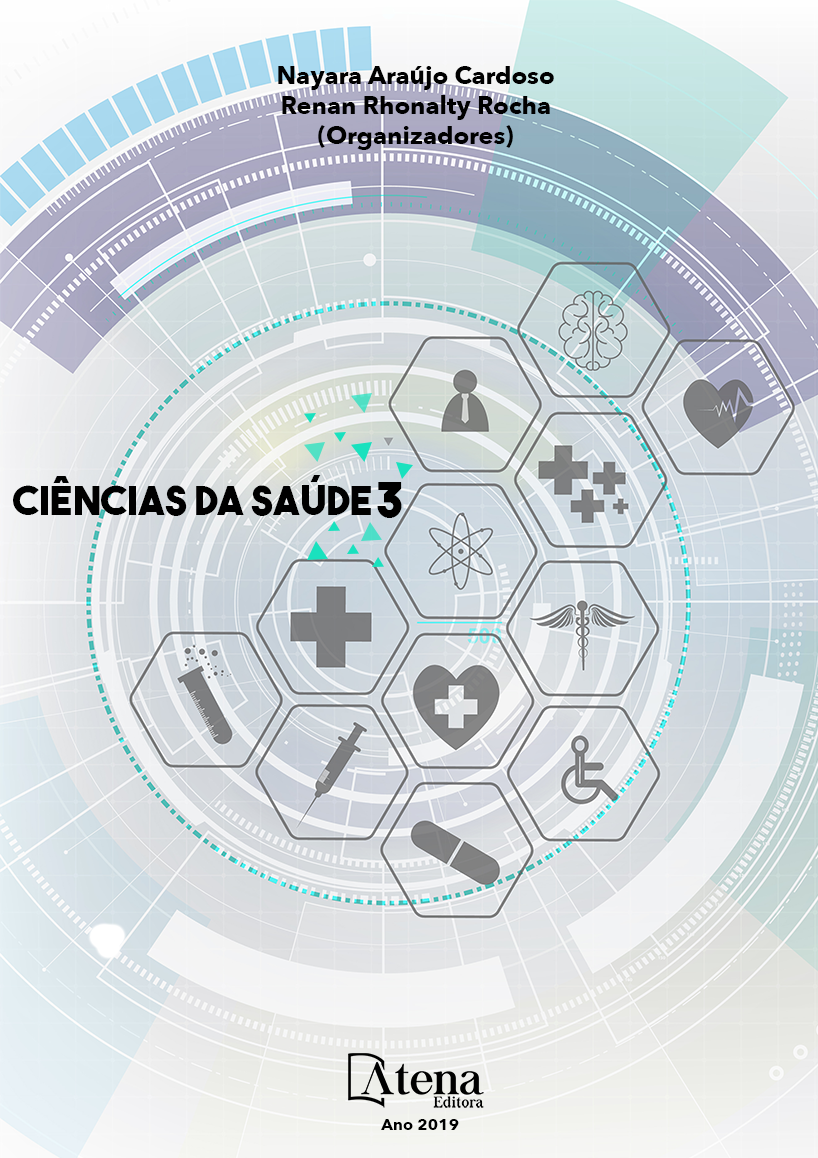
Influência da corrida de rua na distribuição plantar e força muscular de corredores amadores
O objetivo deste estudo foi avaliar
possíveis variações de força muscular e da
pisada antes e depois da corrida. Métodos:A
amostra consistiu de 15 praticantes de corrida
de rua. Foram incluídos os praticantes de corrida
de rua, que tinha familiaridade com corrida na
rua, que realizam corridas de 5 km por semana
e com idade entre 18 e 45 anos. Este trabalho
foi um estudo transversal, de caráter analítico,
cujos dados foram coletados através de uma
ficha composta pelos dados do corredor, do
dinamômetro para avaliação da força muscular
e baropodometria para análise da pisada.
Os resultados foram analisados utilizando
estatística descritiva com média, desvio padrão.
O estudo mostrou que houve diferenças
estatísticas entre os músculos Tibial Anterior
e Tibial Posterior, reduziram significativamente
suas forças, porém o Gastrocnêmio não variou
sua força de forma significativa. E na variação
da avaliação da força dessas musculaturas
pela variação de pressão máxima e superfície
plantar foi observada que não houve relação
para a perna direita, esquerda e superfície
plantar. Já para o Tibial Posterior teve uma
diferença importante com relação de superfície
plantar, onde observasse que o R deu -0.7 e p <
0,05 para perna esquerda e direita. No músculo
Gastrocnêmio só apresentou relação com a
superfície plantar, e apenas na perna esquerda
observa que o R < 0.6 para um p < 0,05.
Conclui-se que este estudo, pode-se evidenciar
que houve correlação entre a força muscular e
a pisada dos participantes.
Influência da corrida de rua na distribuição plantar e força muscular de corredores amadores
-
DOI: 10.22533/at.ed.28219180219
-
Palavras-chave: Lesion. Muscle Strength. Road Running. Plantar Pressure.
-
Keywords: Lesões. Força muscular. Corrida de rua. Pressão plantar.
-
Abstract:
The objective of this paper was to
analyze the possible variations of the muscle
strength and the step before and after running.
Method: The study consisted of 15 roadrunners.
They are familiar with the procedure of road
running 5km a week with ages between
18 and 45 of both genders. The individuals
whom presented pain/lesion before or during
the study were excluded from the result. This
paper was a cross-sectional study of analytical
character whose data was collected from a
record composed by the runners’ information,
the dynamometer for the evaluation of muscle strength and baropodometry to analyze the steps. The results were analyzed using
descriptive statistics mean, standard deviation. The data was analyzed using the test of
T student and correlation of Pearson, for the correlation was used p <0,05 as statistical
significance. The study showed that occurred statistical difference between the
anterior tibialis muscle and the posterior tibialis muscle, it reduced its strength but the
gastrocnemius did not varied its strength significantly. In the variation of the evaluation
of the force of these muscles by the variation of maximum pressure and plantar surface
was observed that there was no relation for the right leg, left leg and plantar surface,
meaning the anterior tibialis did not influenced the baropodometric markers. In the
superior tibialis there was a distinct difference in relation to the plantar surface where
was observed that R was -0,7 and p<0.6 for one p <0,05. It is concluded that in this
paper it can been seen correlation between muscle strength and the runners’ steps.
-
Número de páginas: 15
- Rayane Santos Andrade Tavares
- Juliana Souza Silva
- Karoline de Brito Tavares
- Felipe de Lima Cerqueira
- Midian Farias de Mendonça


